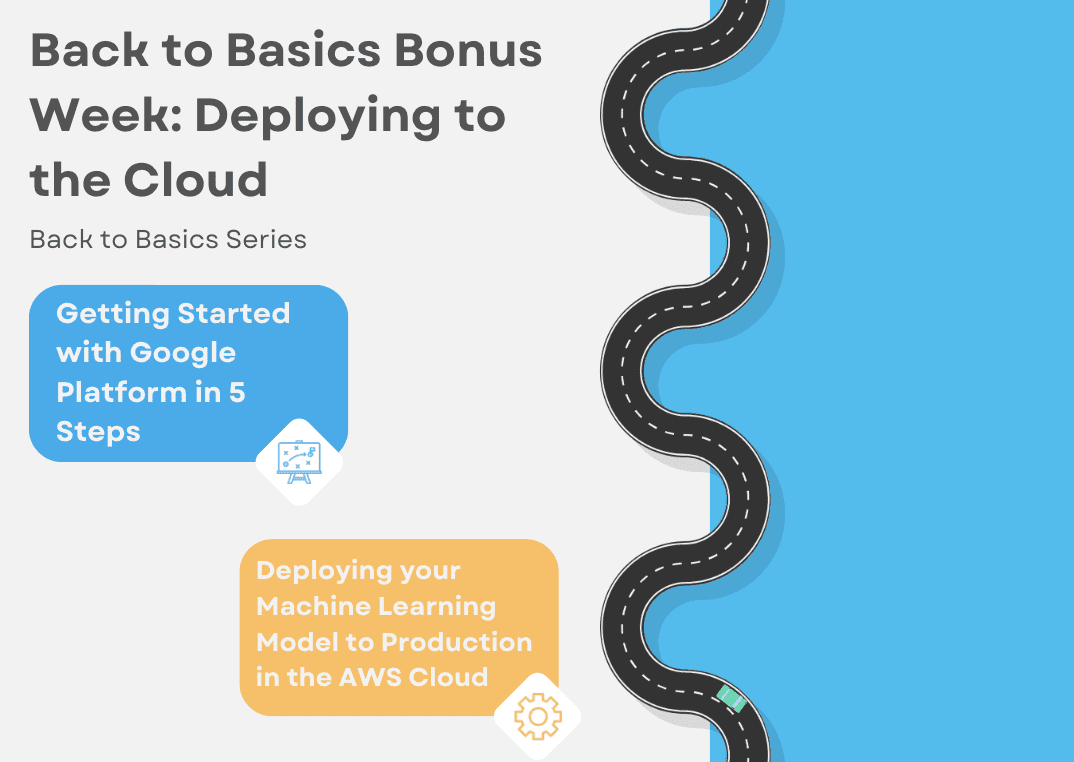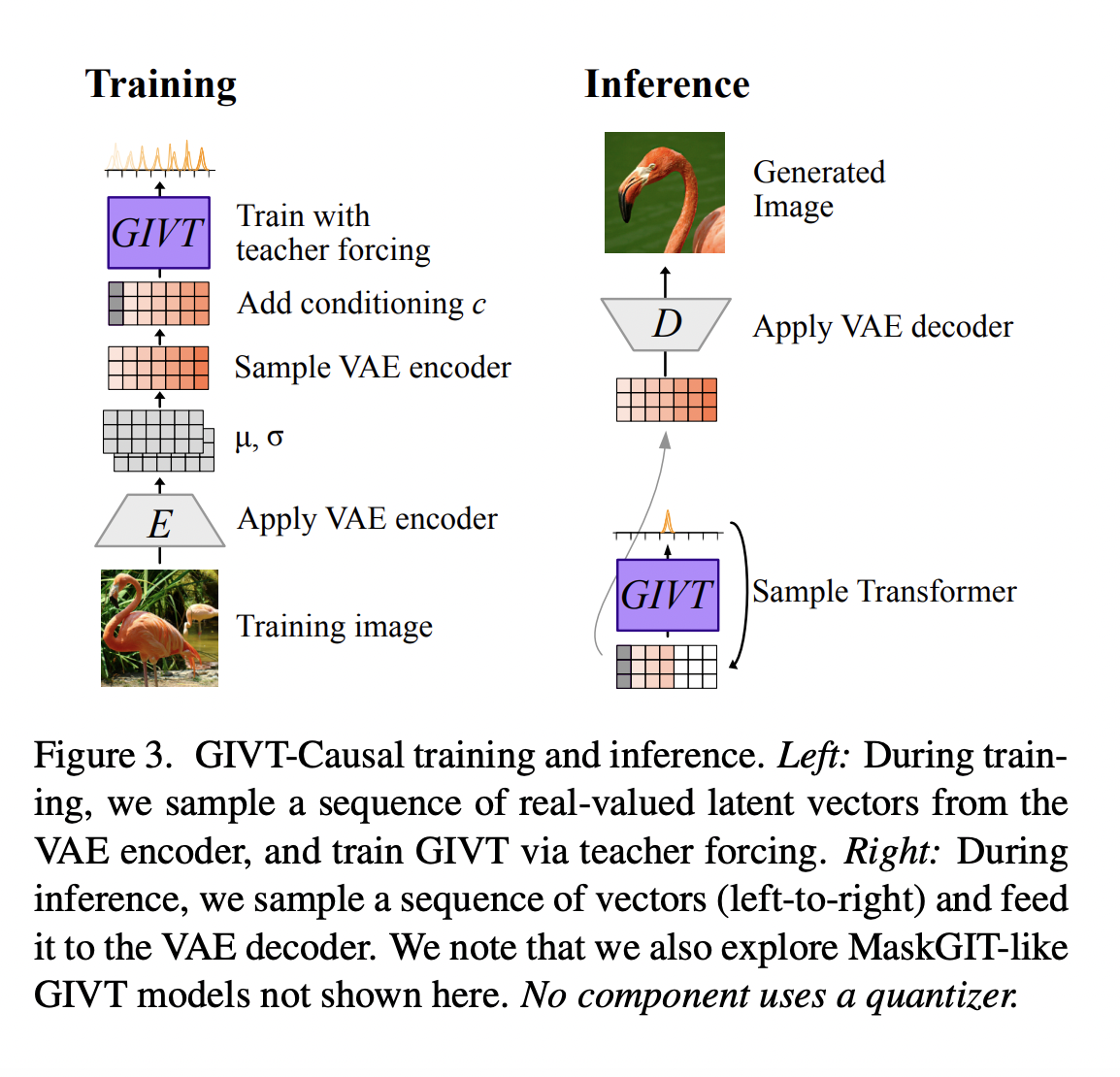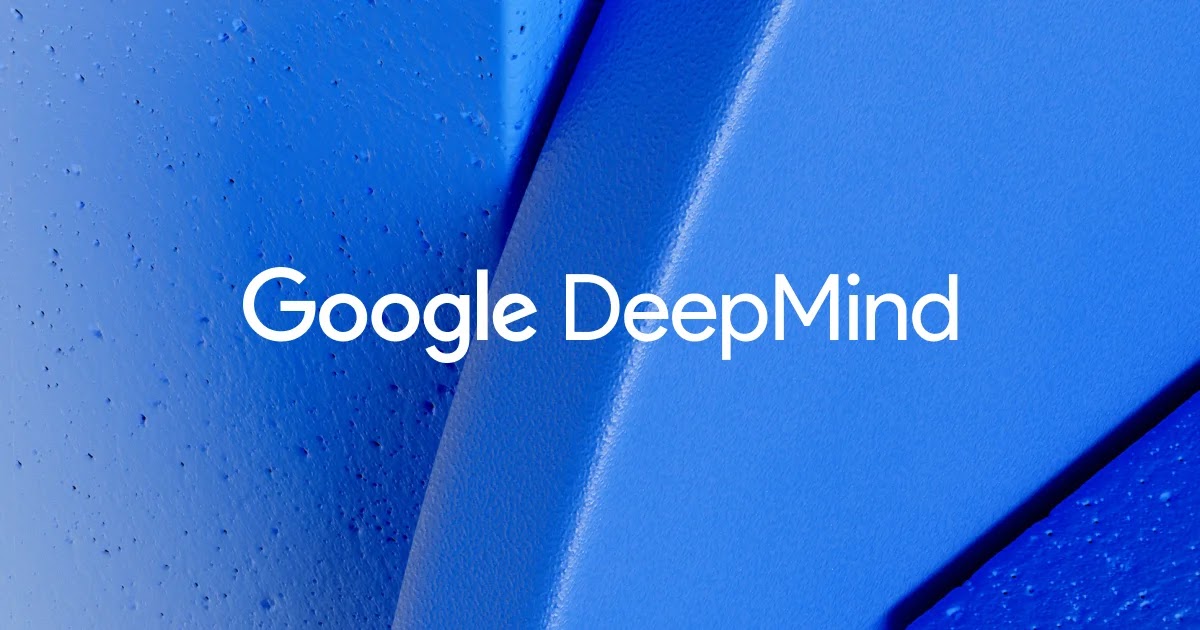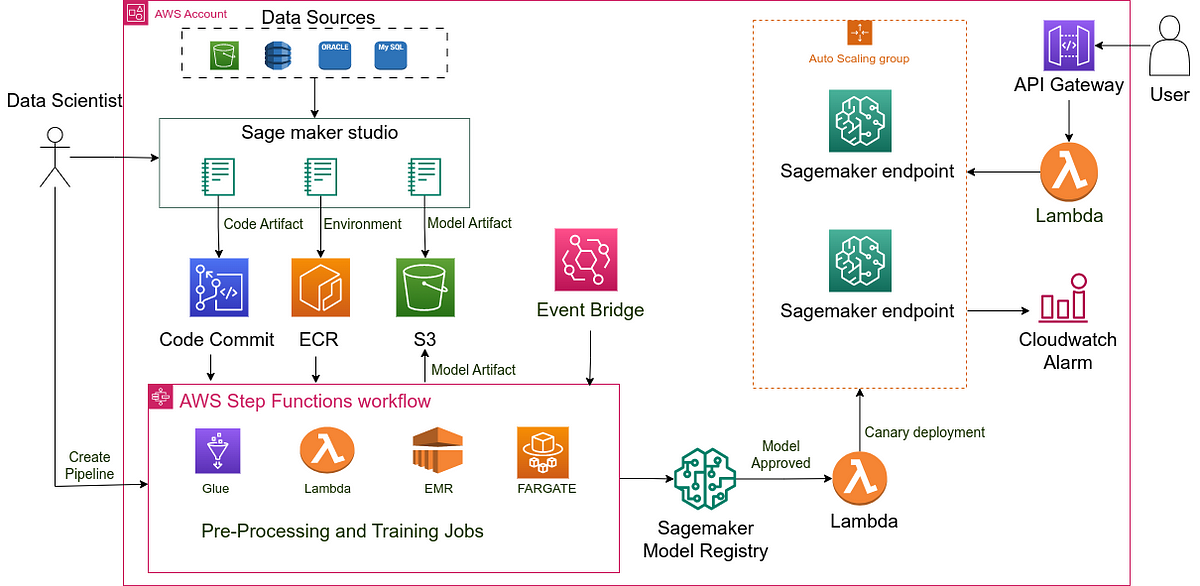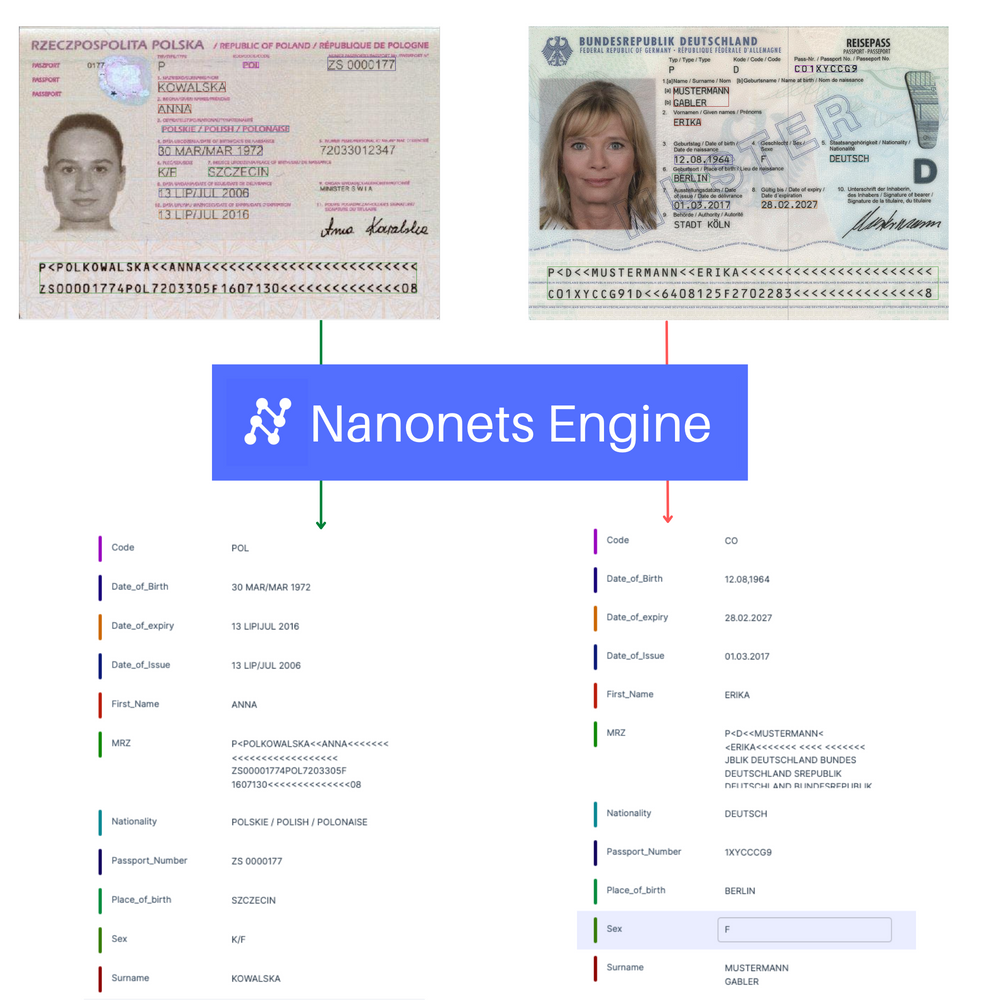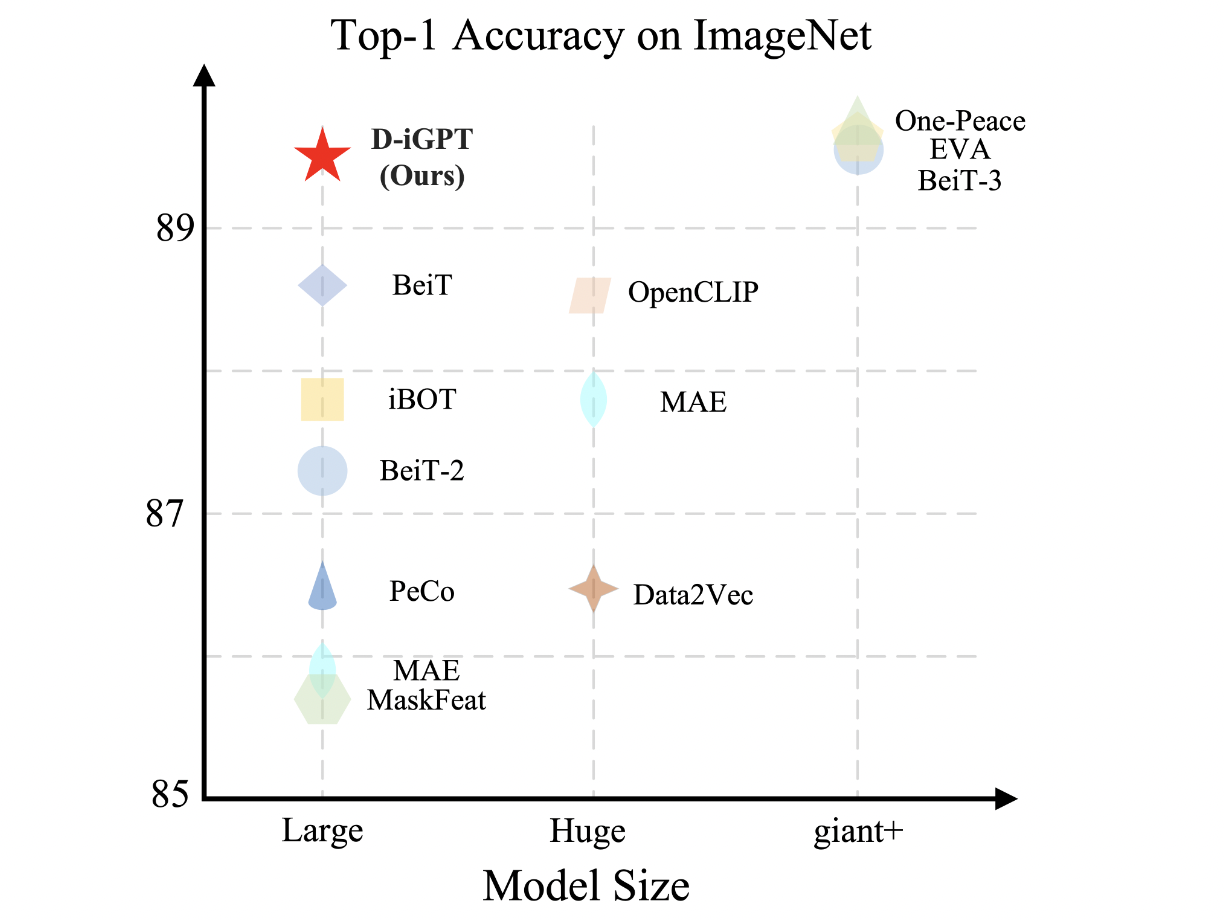Introduction The world of sales is constantly evolving, and in this dynamic landscape, the ability to accurately identify and understand potential customers is more crucial than ever. This is where the concept of lead qualification, a cornerstone of effective sales strategies, comes into play. Essentially, lead qualification acts as a filter, enabling sales teams to…




